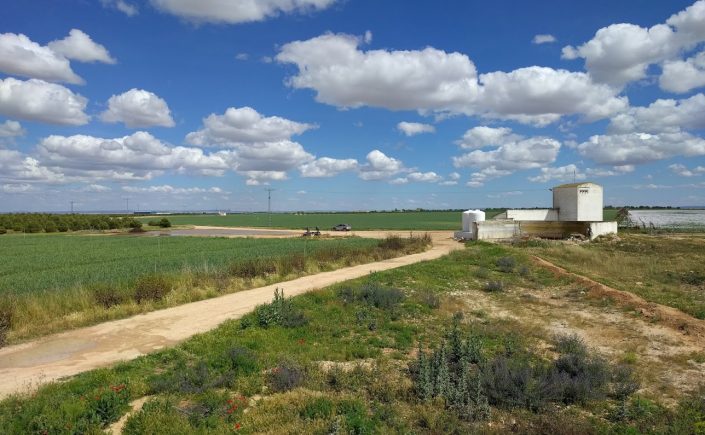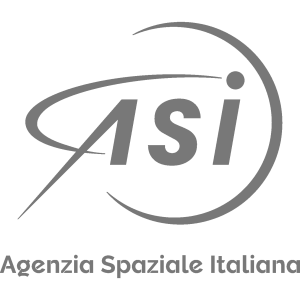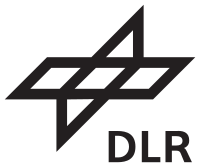Location
SRIX4VEG will be conducted on 18th to 22nd July 2022 at the Las Tiesas Experimental Farm, just outside the village of Barrax in Spain. Las Tiesas is located around 20 km from Albacete and 9 km from the centre of Barrax, in a region called Castilla-La Mancha. Las Tiesas is run by the Instituto Técnico Agronómico Provincial (ITAP) and comprises of mixture of irrigated and non-irrigated agricultural land. One of the reasons for selecting Las Tiesas is that it is located in a region which has a 90% likelihood of clear skies in July.
Travel to Alabacete
For international travellers, getting to the SRIX4VEG campaign is possible through several international airports within a 2.5-hour drive from Albacete. These are located in Madrid (2.5 hours drive), Alicante (1.5 hours drive) and Valencia (2 hours drive). From these locations, travel to Albacete is possible by renting a car (you may need to apply for an international driver’s licence) or by train by taking the Alta Velocidad Española (AVE) train to Albacete-Los Llanos. It is noted that Alicante is the preferred airport since travel from Alicante airport is simplest.
Accommodation
Albacete is a large city with many suitable options for accommodation in various price ranges. Participants are recommended to book their accommodation in advance (at their own expense).
Equipment logistics: shipping and storage details
Participants will be able to ship their instruments in advance of the SRIX4VEG campaign to ensure that they arrive in time and avoid transporting them alongside their personal travel.
The address to send instruments will be shared later prior to the SRIX4VEG exercise. Storage rooms will be reserved at the Albacete campus of the University Castilla-La Mancha. To facilitate this, participants must provide details of the instruments and their boxes that will need to be stored and clearly label them
For participants that will be shipping their instruments in advance we recommend that they aim for them to at least arrive one week prior to the campaign (i.e., on the 11th of July 2022). This allows extra time for unforeseen circumstances. We also recommend that participants monitor the tracking facilities provided and engage with the courier if an item is held for longer than a day in a single location along the route.
Many countries often have a limit on the value of goods that can be imported (even temporarily). To get relief from import duty it is possible to get an Admission Temporaire/Temporary Admission (ATA) Carnet (for a fee) which is an international customs and temporary import/export document. It can be considered a passport for goods. A Carnet applies in situations where the items will be in the import/export destination for less than 12 months and is therefore suitable for SRIX4VEG. Spain (and the wider EU) recognises Carnets, as does the United Kingdom (UK), however participants will need to ascertain whether their institution’s country recognises Carnets and, separately, whether the countries on route to Spain recognise Carnets (e.g., in the event that the items stop off in different locations). The latter factor is usually considered by the courier so this will typically only apply in situations where the participant is travelling with instruments.
UAV regulations
Spain operates under the EU regulations framework for the safe operation of unoccupied aerial vehicles (UAV; 2019/947 and 2019/945). These are managed and enforced by the European Union Aviation Safety Authority (EASA). These regulations operate on a risk-based approach and do not distinguish between leisure and commercial based UAV activities.
UAV regulations in the EU and other countries worldwide are changing rapidly. The current legislation (applicable until 31/12/2022), which is the legislation applicable during the SRIX4VEG campaign, places the SRIX4VEG activity in the “Open” category and “A3” subcategory. Under this category and subcategory UAVs and payloads must be < 25 kg. Under this category and subcategory, the UAV operator must be registered with the Spanish national aviation authority (ENAIRE – via this link) and 16 years of age or older. The registration number must be visible on the UAV (i.e., as a sticker) and be entered into the UAV software. Finally, the operator must have read the UAV user manual and completed the training and examination prescribed by ENAIRE. The latter component is not required if a “proof of completion for online training” for A1/A3 “open” subcategory is held by the operator. The full details on the open category can be found here. Other requirements are that the UAV operators must not fly above 120 m and the UAV must remain within visual line of site. For full details, see this website.
Non-EU participants who have qualifications in their specific countries will need to check themselves whether those are acceptable in the EU.
Online courses exist to obtain the certificate for flying an UAV in the open category in all EU countries. For more information or support contact us directly.
Alternatively, participants may wish to organise a local UAV operator to pilot their UAV, this must be arranged by the participant and at their own expense.
Participants are required to have an insurance policy associated with their UAV to cover civil liability to third parties for damages that may arise during and because of the execution of each flight that is carried out (see here for more details). It must be noted that each participant is liable for their own UAV and any damages that may be caused by it, or any theft, damage or loss caused to their UAV, payload and property while taking part in SRIX4VEG. The FRM4VEG team, ESA, and any supporting institutions cannot be held liable for this.
Personal logistics
For some participants to travel to Spain a Schengen business visa may be required depending on your nationality (not your institution’s). The Schengen visa applies for an intended stay of no longer than 90 days in any 180-day period, which qualifies for participants who will solely be attending SRIX4VEG. To apply for a Schengen visa, you need to apply to the Spanish consulate in your country of residence, assuming that your trip is not part of a larger visit to the Schengen area. It is likely that this process will be available online at that consulate.
It is highly recommended that at least one person from each group has a driving licence that is valid in the EU, for transporting the field equipment between the storage location at the Albacete Campus of UCLM and the field site.
Participants should communicate, before the campaign, any special requirements for any of the team members joining the exercise.
A first aider qualification in each team would be highly recommended.
Health and safety
It is the role of each participant to have a health and safety risk assessment for the SRIX4VEG campaign. This region of Spain is very hot and dry in the proposed SRIX4VEG campaign window. This means that adequate sun protection is vital, both in terms of high sun protection factor (SPF) sun cream and a hat. Additionally, participants are advised to wear long trousers and long-sleeved t-shirts. Participants are advised to bring water with them to the site each day and to drink regularly. Participants are also advised to check the operating temperatures of their instruments since this region of Spain can exceed 40°C during this time window. The site and surrounding area are very flat in relief, and this means that wind can be high. The FRM4VEG team will have access to an anemometer to measure the windspeed on the ground so we advise participants to be familiar with the wind tolerance of their UAV platforms.










